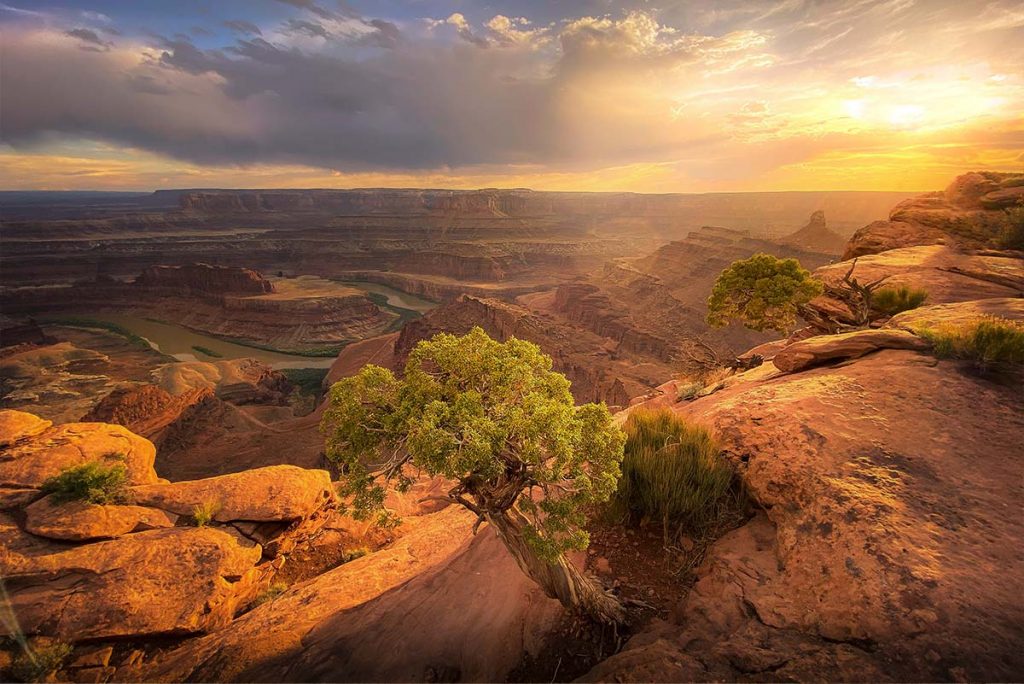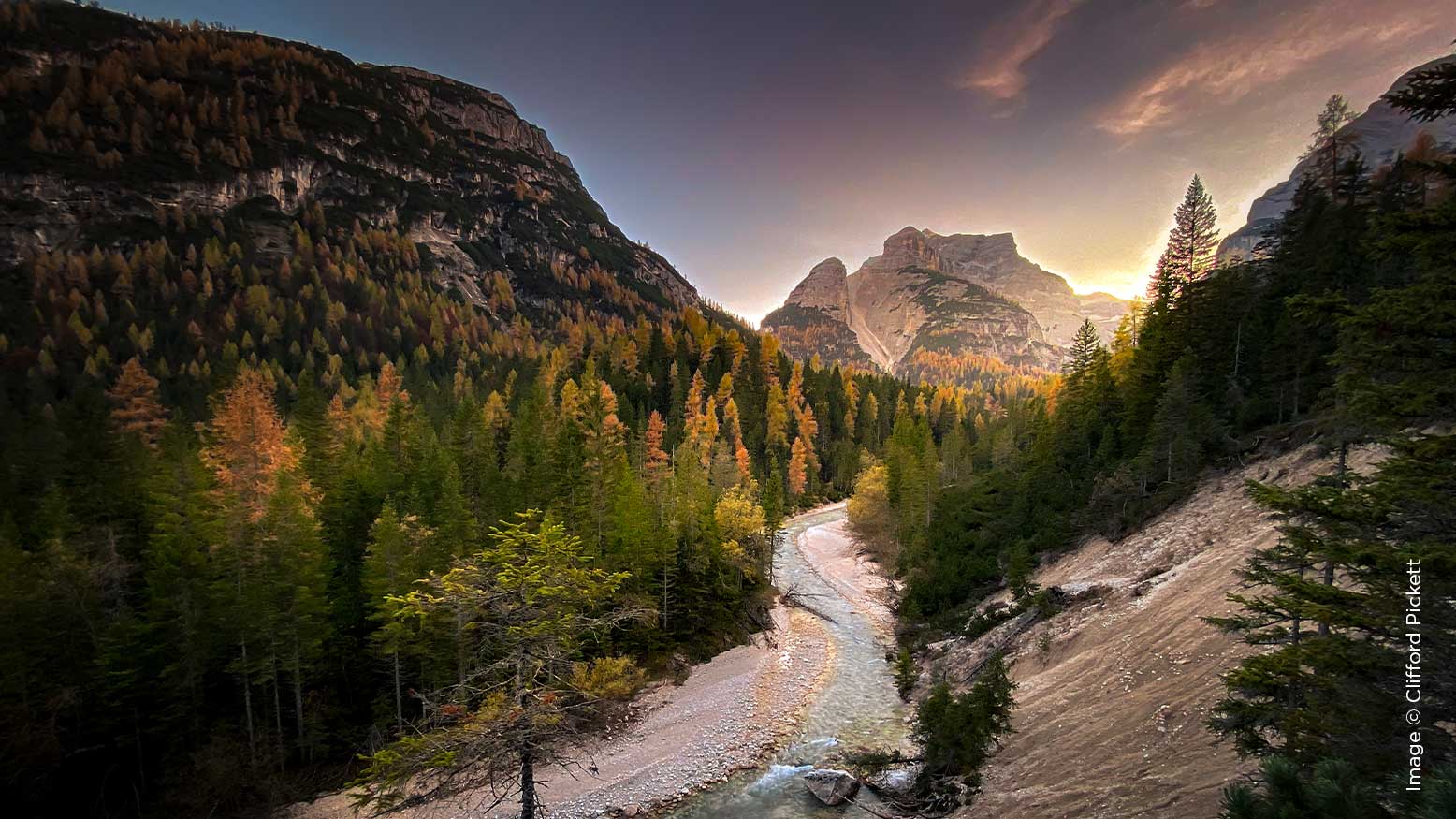Editing Travel Photos with Lightroom: Tips & Tricks with Clifford Pickett
How can you make a better image if you don’t know what makes an image better?
The very first sentence is important so here goes… If you want to start realizing your potential as a photographer, start recognizing the potential in your photographs. Your photos are MUCH better than you think.
I work with photographers on a daily basis, showing them the potential of their photographs. It never ceases to amaze me the potential I see in their photographs that goes unnoticed. Once I show them how to recognize and draw out the potential of their photographs, it changes everything. In this article, I’m going to show you just how I do that. I created a formula for how to make your images better, not just in the edit, but overall. It works every single time. Every image in this article was shot on an iPhone and edited only in Lightroom. Read on.
So where do we start? By exploiting how people unconsciously view images and then leveraging that in our favor to make every image look better to them. They simply don’t have a choice but to view your images the way you intend them to. First though, we never edit on an empty stomach. Let’s talk food.
If I were to wander into a supermarket—if you know me, you know you would find me in the cookie aisle, but afterwards you would find me in the prepared foods section. This is how I shop for groceries. Already prepared. Full disclosure, I’m not a master chef. This is how many of us “shop” for images, however. Already prepared. We expect to click the shutter and have the image on the back of the screen look just like that last image we passive-aggressively hearted on Instagram. Spoiler alert: It doesn’t happen that way. I can assure you just about every image you’re thinking of right now, none of them looked that way on the back of the camera. It doesn’t matter how much it was cooked, it doesn’t even matter how it was cooked. What matters is that you know it WAS cooked.
Now picture a master chef who wants to cook a meal. Before they even left the house, there would be an intention. Without intention, how would you know what ingredients to pick? This chef would go to the market with the freshest ingredients and pick the best ingredients, knowing the role each one would play in the final dish. The chef would see the bigger picture, see through the entire process, with the end result in mind. This informs them how to pick the best ingredients. The takeaway? The end result informs your decisions in the field. Your edit informs your capture. How you edit actually informs how you shoot, not the other way around. When you understand this, when you practice this, you begin to “see” through the entire process.
For better Editing Travel Photos, you start from the finish line. When you start with the end result in mind, you shoot with intention. You stop looking for the visual equivalent of the prepared food. Instead, you start looking for the best ingredients. The master chef doesn’t see a tomato; they pick out the best tomato knowing it’s going to make the most incredible salsa. When you stop seeing things for what they are—a stairwell, a tree, a tomato—you’re free to see things not as they are, but as they could be. You see things for their potential. Bingo bango, you’re now a better photographer!





